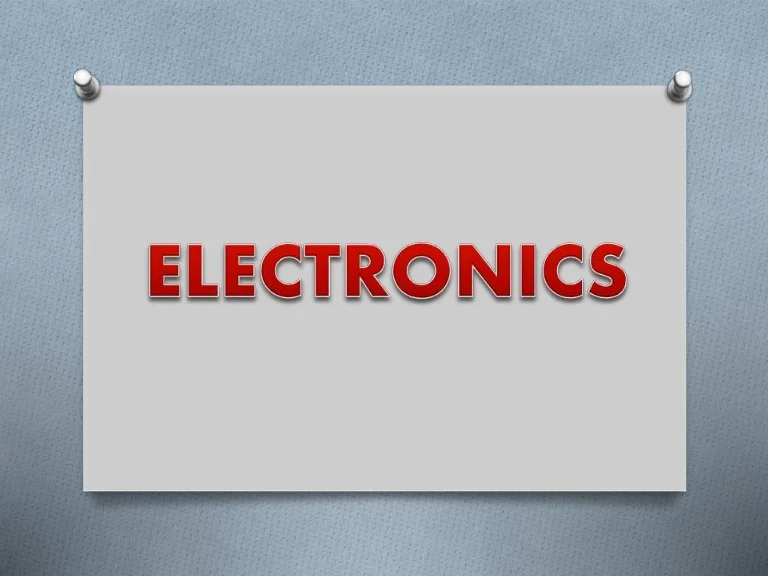8 Ways To Reduce Your Digital Pollution
When you think about technology and going digital, you tend to think about all the benefits. Technological progress has also done great things for our society. The reality is that building all the technologies we use every day requires a lot of resources, and most of the time we never think about the consequences.
Digital pollution
Digital pollution is responsible for 3.7% of global CO2 emissions – 50% more than air travel (2.4%) However, digital pollution is a problem that is rarely identified, let alone tackled. People often think that streaming online, sending emails, and doing online searches have no external impact on the environment.
Rethink your next technology purchase

One of the biggest contributors to digital pollution is technology disposal, which can be greatly reduced if you think before you buy. If you have a perfectly working laptop or mobile device, reconsider your desire to trade it in for the latest shiny thing.
Recycle old electronics

Do you keep all your old electronics in a closet? Please do not throw your devices in the trash. You can find a recycling program in your area with a quick search, which brings us to our next tip.
Use the green search engine
They have been involved in 9,000 planting sites and have already helped plant more than 123 million trees worldwide! Reforestation is an important cause for so many communities because trees do much more than absorb CO2. Trees can restart water cycles, protect, and create natural habitats, improve soil fertility, and overall uplift local communities.
4.Monitor your inbox
Emails look innocent enough, but one email produces 4g of CO2. This number alone isn’t significant but think about all the emails you’ve accumulated in your inbox over the past year. If you don’t use Slack, an employee can receive and send about 121 emails a day. Imagine how quickly CO2 accumulates. Instead of letting your emails pile up in your inbox, delete the ones you never open. Bonus points if you delete and unsubscribe from newsletters you never bother to open.
Extend the life of your device
A broken digital device is an extremely damaging physical asset. It is estimated that only 20 percent of smartphone materials can be recovered and recycled. The rest ends up in landfills, very often in the world’s poorest regions, where attempts to store and extract raw materials from e-waste lead to air and soil pollution.
It’s not as hard as it seems
Finding more durable devices with a long warranty period or easy to repair is becoming easier. Under the “right to repair” introduced in the European Union, manufacturers of home appliances and consumer electronics must ensure the availability of spare parts for a period of 7 to 10 years after the end of their production and the placement of the last batch on the market.
Use video sparingly
Streaming and video services account for the largest share of the environmental costs of using the online environment. This number is already estimated at 300 million tons of CO2 emissions per year and this number is growing. You can reduce your footprint by watching videos for less time, choosing a lower resolution, by not leaving the player on while doing something else, and on the other hand, streaming websites can reduce the size of the video files they share.
Clear your mailbox
Every spam message – even if you don’t open it – releases about 0.3 grams of CO2 into the atmosphere. Mail with text and an attachment can emit up to 50g. To reduce these emissions you may want to take steps to clean up your mailbox by the way.
Conclusion
Not only is this a real game changer for concentration as you don’t have to deal with any distractions, but you also save a lot of energy. Today, half of the world’s population is online, and these numbers are increasing every day.








Leave A Comment
You must be logged in to post a comment.